Growing plants indoors is a rewarding activity that not only makes you happier and healthier; it also boosts your moods, increases creativity, and eliminates air pollutants. Dehumidifiers for grow rooms can make it easy to keep the humidity at optimal levels in your grow room throughout the year. Growing conditions, especially temperature and humidity, can hurt the yield of your plants. The improper balance of moisture intake, light, temperature, etc., can compromise the development of your plants.
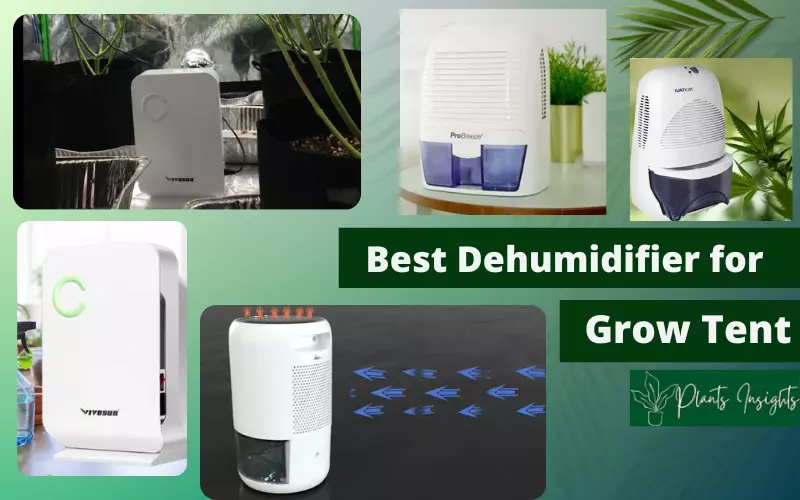
We suggest you buy the best grow tent dehumidifier as a permanent solution. If too much humidity is your problem, exhaust and effective temperature management don’t solve it; a dehumidifier might come in handy. It is the most effective technique of all other methods. It will keep humidity at a constant level by removing access moisture from the air. Your grow tent environment will be less hospitable to fungus, molds, insects, and bacteria. Growing plants inside a grow tent is a delicate equation.
Top 5 Best Dehumidifier for Grow Tent
Humidity is a factor that needs to be monitored and addressed continuously to keep your plants healthy and thriving. You can take certain precautions like choosing the soil that absorbs water effectively, avoiding unnecessary watering, improving air circulation, etc. For both beginners and experienced growers, managing humidity can be challenging; therefore, here are our top recommendations for best dehumidifier for grow tents.
How We Test Dehumidifiers?
To test the moisture removal rates, we placed all dehumidifiers in small to medium-sized grow tents at about 90% humidity with temperatures ranging from 80° to 85°. By keeping the tent size small, we took the liberty to test each unit multiple times within a reasonable time. Secondly smaller sized tents allowed us to simulate severe humidity problems.
8 Best Plant Dehumidifiers
Scoring Our Dehumidifier Reviews
Let us help you; based on our experience in this field, we tried and tested over 40 dehumidifiers for you. Our extensive trials evaluated all dehumidifiers on the basis following parameters,
After testing them rigorously, we narrowed it down to 8 products, and here’s our list of best dehumidifiers for grow tents.
HomeLabs 1,500 Sq. Ft Energy Star Dehumidifier
It’s absolutely gorgeous and has tremendous functionality. The honeycomb design grill on the side looks really nice. Comes with several features. You can move the unit around without any hassle due to the caster wheels at the bottom.
There are three options for drainage. First, when the bucket gets full unit shuts off automatically, and you empty the bucket. The second way is continuous draining. The third way is a quarter-inch pump hose; when the bucket is full pump will turn on to empty the bucket.
Unlike thermoelectric dehumidifiers, its control panel is loaded with options. It has a humidistat so that you can set it to comfort, continuous, or turbo mode. You can also adjust humidity manually. The display shows you the current humidity level, and if you press the arrows, it will show you your target level, and you can change it by increments of 5%.
You will have to set it again at the end of each cycle. The unit is fairly quiet at 59 dB. In turbo mode noise level is high but no more than a wall heater with a fan. The trial went on for a month and did pretty well. When can take humidity down to 65% form 82% within 30 minutes.
Tests show that continuous mode is its default setting; turn it off if you don’t want it to run nonstop. A microwave like a beep is the indication to empty the bucket. This machine can run nonstop by using the continuous function and condensate pump. Depending on the environment, air filters can get clogged and dusty. Clean it aver 2 weeks or so.
Bottom line, we highly recommend HOmeLabs 1500 Sq.ft unit based on its functionality and ease of use. It works as advertised.
Pros
Cons
Pro Breeze Dehumidifiers –Small & Compact
We were amazed at how quickly it pulled water out of the air. It can remove 18 ounces daily and store 52 ounces. Its built-in auto-shutoff sensor is very reliable. If your area is smaller than 2200 cubic feet, it’s the best. The buttons and indicators are well placed, right on the top. Two lights on the front, power light, and full light up when the container reaches full capacity.
It has a basic design with grills in front and top. Breaths in the air from the front grill and breaths out from the upper grill. The Peltier module used in this unit is very energy efficient; the whole unit draws in only 21 watts of power. It has low noise, like a fan’s hum, but you don’t hear it, especially if ac or tv is on.
Let us give the breakdown of the first trial. On day one, it removed 350 ml of moisture during the first 12 hrs. Then we turned it off for 12 hrs for safety concerns and ran it for 5 full days. In that extended run, it removed about 3/4 cup of water daily. In the last three days, we turned off the exhaust to push it to the maximum.
The indoor temperature was in the low to mid-70s, but with this unit, we didn’t have any muggy smell or condensation on the walls and leaves. We have read about the unit being wet under the container. The Peltier module draws moisture until it cools off; expect this if you have just turned it off.

So, well worth the money, thankyou Probreeze for creating this perfect little grow tent dehumidifier.
Pros
Cons
VIVOSUN Small Space Mini Dehumidifier
Vivosun is a big name in indoor gardening with all sorts of products. This mini grow tent dehumidifier is another marvel from them. Vivosun relied on Peltier technology instead of compression to make it quiet and energy efficient. It covers up to 269 sq. ft. of the area quickly.
Its compact and sleek design won’t take a lot of space. It is easy to relocate with its built-in handle. Has a 1.3-liter water tank capacity and removes up to 24 ml at 25 degrees. It works seamlessly at temperatures between 15 to 45 degrees.
It is energy efficient and will keep moisture down without increasing your bill. Its single-button design is very basic and ultra-simple to operate. The led light on the front panel always remains on, so you must cover it if you don’t want any light at night. It’s affordable as far as price is concerned.
It’s a small unit but covers really good space. We tested in a 4×8 Vivosun Grow tent; it worked fine. It takes up to 3 to 4 days to fill up to the top. The auto shut-off feature is standard in these tent dehumidifiers; therefore, Don’t worry about overflowing.
The transparent container comes with a level indicator and has good build quality. The soft silicone comes in handy when emptying the container. No need to say noise levels are low and do not disturb you. Its Peltier technology will keep your bills in check.
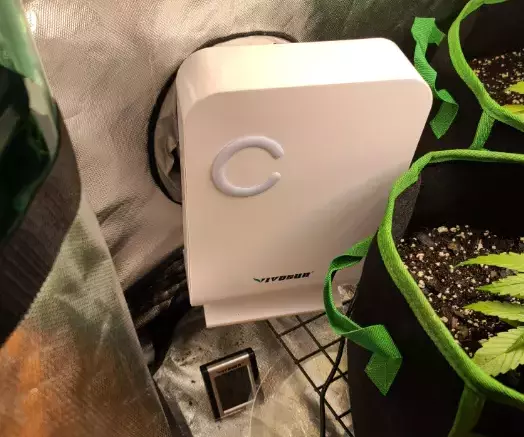
If you are looking for an energy-efficient, well-ventilated small dehumidifier for grow tent VIVOSUN Small Space Mini Dehumidifier is the answer. Sometimes smaller is better.
Pros
Cons
Vremi 1,500 Sq. Ft. Dehumidifier– Easy to Use
It is an excellent little powerhouse from Vremi. It comes in a super sleek package, is designed to remove 22 pints of water from the air daily, and can hold up to a gallon of water. The Control panel is full of functions.
The filter button reminds you to clean the filter. It will flash after 250 hrs of operation. In comfort, zone humidity cannot be adjusted manually; instead, it is preset to recommended healthy level based on ambient temperature. The Turbo button is for maximum water removal.
The timer button allows you to auto-start and auto-off the unit. Humidistat will allow you to adjust humidity manually. On the first day, we ran it for about 9 hours. The humidity started at 63%, and by the time we turned it off, it was sitting at 40%. The humidity reading on the unit matched my humidistat reading.
We are quite impressed so far; you can leave this running pretty much all day without having any problem. It makes some noise (when it’s on turbo mode, it’s like a medium quiet bath fan), but in non-turbo mode, I find it like a background hum. The filter grille is easy to remove and makes cleaning easy. We didn’t connect it to the hose; the holding tank comes with a little handle, making it easy to dump.Notice the beeping; it lets you know the container is open. The built-in power cord holder makes it easy to store the cord.
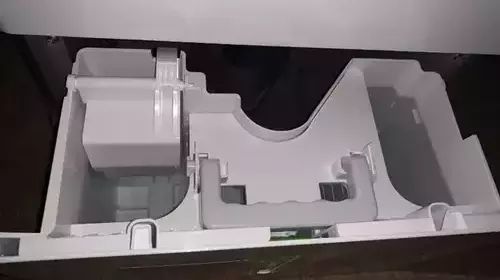
Our honest opinion is that Vremi 1,500 Sq. Ft. Dehumidifier is slick, small package that fits anywhere. We are overall happy with the device; it does what it is supposed to do.
Pros
Cons
SEAVON Electric Dehumidifier –Best For 4×4 Grow Tent
This cylindrical-shaped dehumidifier is among the most compact products we have reviewed. SEAVON is very light and portable at 2.19 pounds. Its 1-year full replacement warranty is very attractive.
It has been a whole week since placing the Seavon dehumidifier in my 4x4x8 spider farmer grow tent. So far, it has been outstanding. With the 450 ml daily moisture removal rate, we can recommend it to anyone with a grow tent size less than 170 square feet.
We like that this small dehumidifier has a 1000 ml reservoir and a lot of life. When the water level reaches 700 to 800 ml, it indicates by a flashing red light and turns off automatically. It can last for a week without having to empty the container. However, it will not work below 41°F temperature.
Our 3×3 grow tent has four 5-gallon pots; it fits perfectly in the center. You can choose between high-speed mode and slow-speed mode with one button. Its single-button operation is hassle-free. It can be turned on or off and even change modes with the same button. You have to short or long-press the power button. The same goes with the light mode.
Due to its thermoelectric technology, its whisper quiet and energy efficient too. It has a detachable dust-proof strainer at the back; getting dust-free air is another plus. With its night lights, fan speed settings, compact design, auto shut-off function, good container capacity, and full exchange guarantee, it stands out from the crowd.
You can’t go wrong with this affordable SEAVON Electric Dehumidifier for grow room.
Pros
Cons
Pohl Schmitt Electric Dehumidifiers– Best Budget
This small thermoelectric dehumidifier is ideal for small to large grow tents. It is pretty basic and very effective for an entry-level device. When in operations, it continuously keeps humidity below 50%. Its simple and discrete design allows it to draw in more air and extract more moisture. Air redistribution is also very effective. Its 500 ml removable water capacity is sufficient to dry up small to medium grow tents.
Furthermore, its portable, easy-to-carry design makes shifting easy. It can extract up to 296 ml of moisture per day. With a single-button design, it is straightforward to operate. You only have to turn it on, and it will do the rest. Pohl Schmitt MD500 has an Auto-Off function.
When the container gets full, it turns itself off automatically. The green light indicates that the container is full and it’s time to drain the water. The difference is visible in a couple of hours when you turn it on. During our first trial, we kept it on for 12 hours, and we were shocked to see how much water was collected. Its thermoelectric technology offers a whisper-quiet performance.
The noise level is about 48 dB. It’s a quiet machine to the point you must lean in close to ensure it’s on. We were thoroughly impressed with how fast this little device pulls the moisture out of the air. It fills up quickly during the rainy season, so you may have to empty its receptacle every 3-4 days.
We can say Pohl Schmitt Electric Dehumidifier is our budget pick.
Pros
Cons
Ivation IVADM35 Powerful Mid-Size Thermo-Electric Dehumidifier
If you are looking for a mid-sized inexpensive entry-level dehumidifier, Ivation IVADM35 is your answer. It’s a highly effective compact machine. The design is pretty basic. The Air inlet is located at the front with outlets on both sides.
The container is at the usual spot, which allows easy level monitoring and makes draining effortless. It has more than double the water storage capacity compared to other entry-level models. Its container can hold 2 liters of water which will spare you the hustle of emptying the water tank every day or so. 4 rubber feet helps with stability.
Within a couple of hours of turning it on, the humidity in our 5×5 tent dropped 5%, and it has continued dropping ever since. We placed the unit near a fan we keep on around the clock; it helps with circulating the dehumidified air and making it more effective.
IVADM35 is very simple to operate. Please turn it on, and there you go; there are no settings or modes to play with. There’s no humidistat feature. It will run continuously until its container is full, or you can do it manually. It is programmed to shut off automatically when the container reaches its capacity.
The sound level meter reads 52db when placed above and slightly in front of the unit. It can be considered a little noisy compared to other entry-level dehumidifiers. It may be somewhat louder than my desktop. Sometimes unit feels hot to the touch.
Pros
Cons
Buying Guide
One key challenge is finding the right size dehumidifier for your grow room. Grow room sizes generally vary from small 2×2, 3×3, and 4×4 tents to large 5×5. The best moisture removal from the air is your dehumidifier performance and how well it fits into your grow room ventilation setup. High humidity can hamper the growth of your plants, and only the best grow tent humidifier can keep them free of access moisture.
For grow tent growers, keeping the humidity in check can become risky and cause problems. Experienced growers know that keeping optimal humidity levels inside grow tents is critical to getting good yields from your plants. In ideal conditions, humidity in your grow tent should not exceed 70%.
Signs of Humidity
Keep an eye on the signs of high humidity in your grow tent, which could be
- Mold and bud rot can make your plants unusable.
- Excessively moist leaves.
- Underdevelopment and slow growth of younger plants.
- Musty smell in your grow tent.
The easy way is to add a monitor to your grow tent to measure the exact temperature and relative humidity. There are three main types, compressor dehumidifier, thermoelectric dehumidifier, and desiccant dehumidifier.
1.Area Coverage
This factor is the prime consideration when selecting a humidifier for your plants. The humidifier shall be of the appropriate sizing to cater to the room sizes where you will place the unit. If you select a smaller capacity unit than your room size, plants will not get the desired humidity levels. On the contrary, if you choose a humidifier that is way larger than the required capacity, it will add too much moisture to your home environment.
Always choose a humidifier according to the size of the area you want to maintain the humidity levels. I would recommend going around 20% higher capacity unit.
2. Reservoir Size & Run Time
Water tank capacity and Run Time are two important factors while deciding on the humidifier. Both of these factors go hand in hand with each other. Although all modern-day humidifiers come with an auto unit shut-off option in case of low water level, we recommend units with higher run times to avoid repeated checking and topping up water in the unit.
As far as the Plant humidifier is concerned, you do not require it to run 24hrs especially at night, so a unit having tank capacity with a run time of 24hrs or more will be sufficient. You can top up the water once a day and are ready to go. However, we have listed units in our review that can last much longer with full tank capacity.
Types of Dehumidifier for Grow Tents
Compressor-based dehumidifiers:
These dehumidifiers work like a household fridge. It draws in air and passes it through tremendously cold coils as water condenses on coils and drips into the tank. These humidifiers are the most efficient and can collect large amounts of moisture. The unit shall be flexible and able to dehumidify varying-sized grow areas irrespective of humidity levels effectively. Their performance can decline in colder conditions and can be a little loud. These units can remove 10 to 25 liters per day of moisture.
Thermoelectric dehumidifiers:
This type of dehumidifier uses Peltier modules to condense air, and water released from the condensed air drips into the tank. These are extremely energy efficient, generally quieter, and cheaper than the other two types. They require very little to no maintenance. Another plus is they are portable and lightweight. As for cons, these are not suitable for large grow tents. In terms of noise, these are a safe bet, and they are super quiet. Their moisture removal rate is not very high, but they represent a good value for money. These can remove .5 to 1.5 liter per day of moisture.
Desiccant Dehumidifiers:
These dehumidifiers use a desiccant material to absorb water from the air. Desiccant dehumidifiers can operate seamlessly in colder weather conditions. They can be heavy on pockets as they are less energy-efficient, and this technology is still relatively new. Works best in small grow tents and may not be very effective at high temperatures. These are generally lighter and quieter than compressors. These can remove7 to 12 liters per day of moisture.
What size do I need?
By size, we mean the dehumidifier’s capacity to extract moisture from the air. Dehumidifiers come in all sorts of sizes, anywhere from .250ML to 20L. It sounds like a lot; you did be surprised to know how much moisture the air contains. The smallest capacity will be around .25 to 1.5 liters, which can be helpful in small to large grow tents. If your grow dehumidifier is too big, it will raise your electricity cost; if too small, your grow tent will be humid. One should also factor in these points when deciding on size.
Size of the Water Tank
Ideally, you should select a dehumidifier that provides the option of drainage through the hose. Another critical aspect is the size of the water tank. It depends on you how often you will want to empty it. Keep in mind the tank is usually smaller than the daily capacity of the dehumidifier. You need to buy the right size dehumidifier that you don’t need to empty more often. The general rule is larger is better, as you cannot be around to empty it all the time.
Energy Efficiency and Running Costs:
A key factor to consider when selecting the best dehumidifier for grow room is how energy efficient it is and what will be the running cost?
A dehumidifier can add anywhere from a few to several hundred dollars to your annual electricity bill. It depends on the kind of dehumidifier and the frequency of usage. For example, Peltier units are pretty energy efficient in small grow rooms. You might get other financial benefits from dehumidifiers.
- Warm air released by the dehumidifier may reduce your central heating cost.
- Dry air requires less energy for heating, so it’s another plus.
- Desiccants discharge lots of warm air; you may use them as a heater.
- You can save costs on expensive anti-mold products.
Most of the dehumidifiers come with an energy star rating.
How much you are willing to Spend?
Once you have decided to buy a dehumidifier, you can think about the price but do not make it a primary factor for selection. You should consider the type, size, features, and effectiveness you want. Analyze the cost-to-benefit ratio and then take your decision. Opting for neither the least expensive nor the most costly model is better.
How to Clean a Dehumidifier?
Dehumidifiers do require thorough cleaning periodically. So it’s advisable to look for portable units with removable and accessible compartments that are easy to assemble.
Quiet Operation
Noise from dehumidifiers can become disturbing, especially when used in or near a bedroom. Luckily models with two-speed settings run quietly at lower humidity levels. They also save on energy costs. It’s better to test noise levels before making an actual purchase. Dehumidifiers producing noise less than 50db can be considered super quiet.
Constant Drainage
By choosing a unit with drainage capability, one can avoid manual draining. The constant drainage allows water to flow via a hose and into a drain. It all depends on the model and space you are dehumidifying. When buying a dehumidifier, special features like user-friendly controls, auto restart, hose connection, auto defrost, timer, washable air filter, constant drainage, and integrated humidistat are worth considering.
Frequently Asked Questions
Related Posts
Best Carbon Filter for Grow Room and Grow Tents
The major purpose of a carbon filter is to remove contaminants from the external environment, which is essential for odor control.
Best Fan for Grow Tent | Clip On, Inline & Oscillating
Grow tent fans are specially designed to increase air circulation and ventilation. If you want to regulate the environment of your indoor growing space effectively, you need best grow tent fans .
Best Grow Tent for Quality Grow
We have done close inspections and critical reviews of popular brands to provide you with the right inputs to select the best grow tent for quality grow.
Best Grow Box for Beginners – (Stealth Box & Grow Cabinet)
The best grow box for beginners shall be super easy to set up and operate, requiring minimum intervention and fulfilling your preferences of stealth and decor. We have tested and reviewed top-of-the-line models available in the market and will provide…
Best Humidifier for Plants & Homes
We have tested and reviewed the best humidifier for plants from performance, maintenance, and functional aspects suiting your home needs.


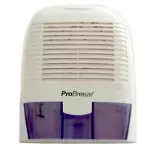
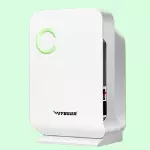
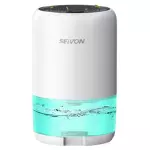

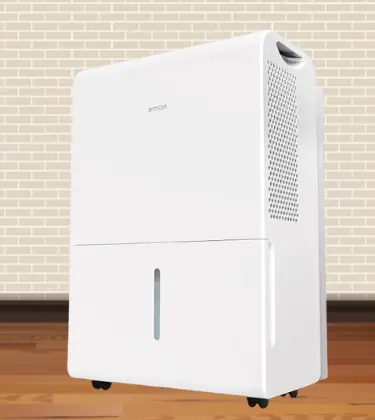
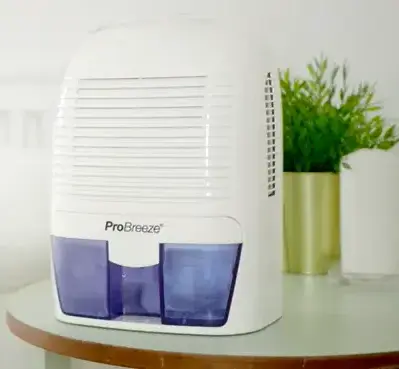

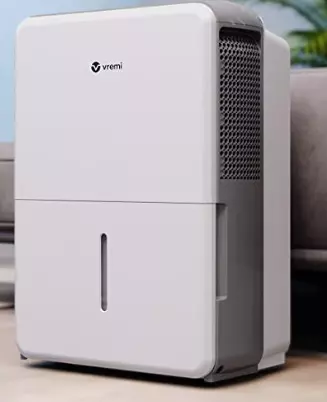
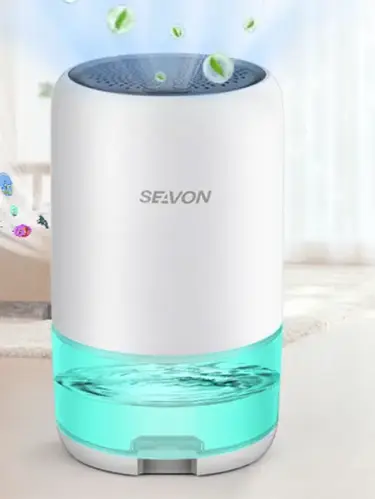
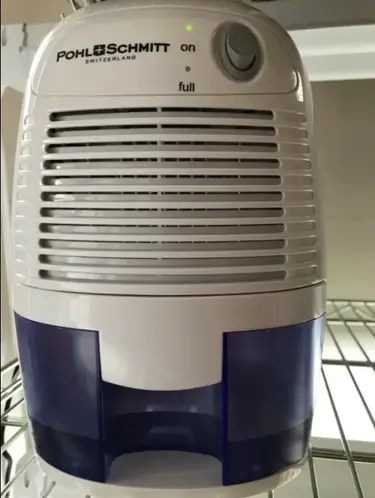
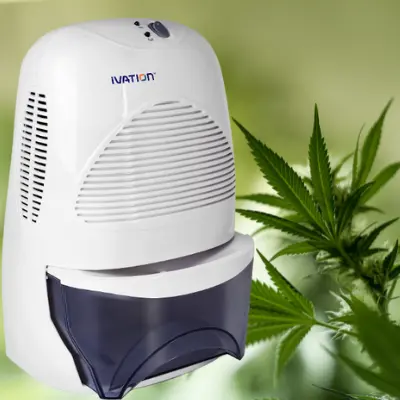
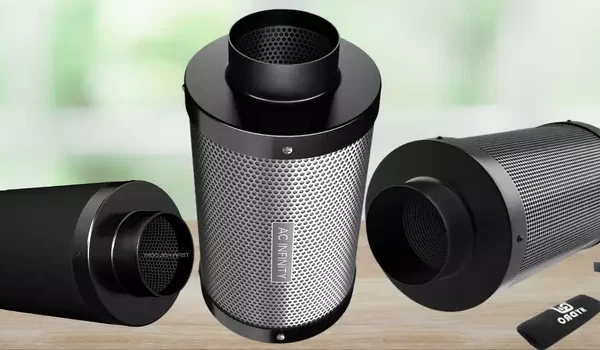
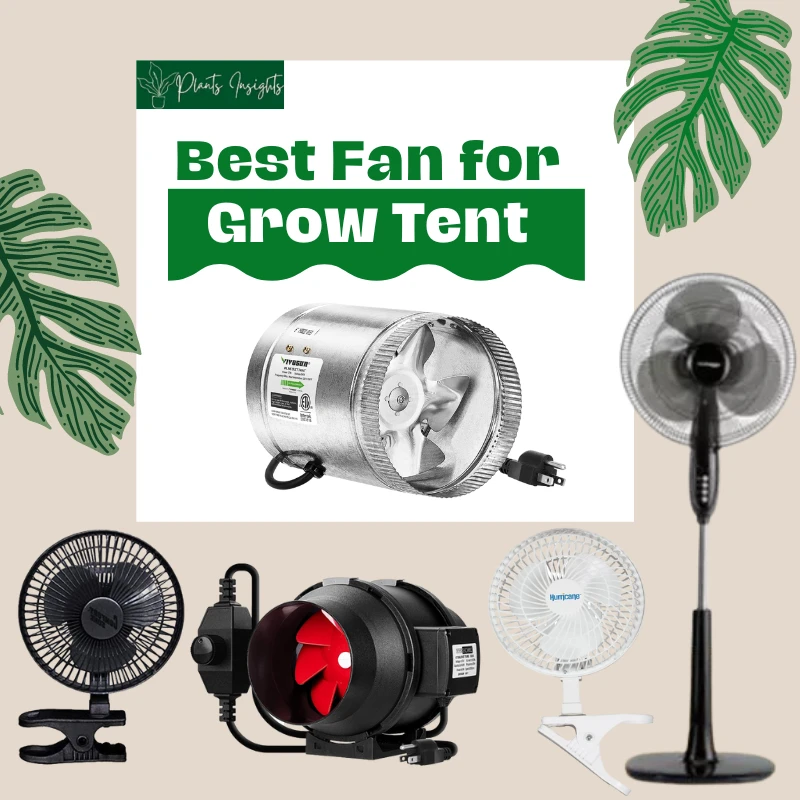
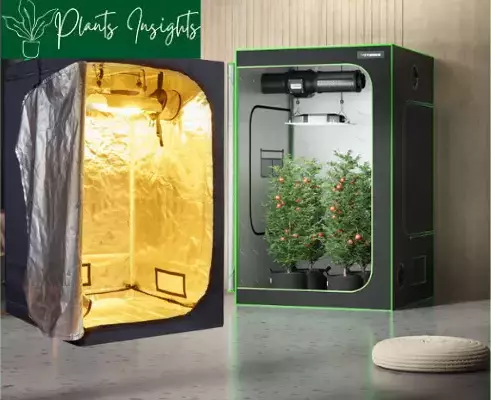
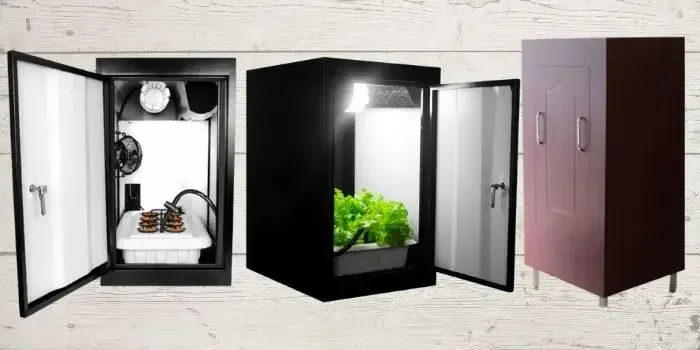
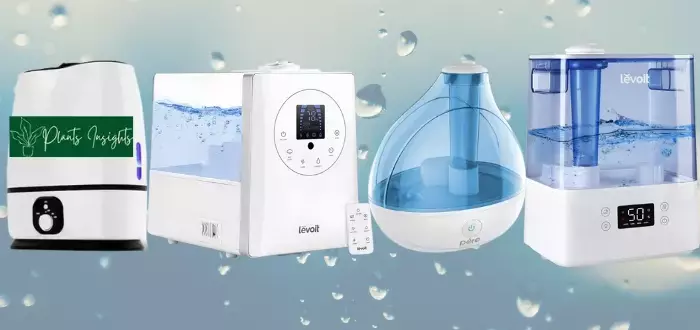
I would recommend the Dehumidifier King 50 pint dehumidifier for a grow tent. It is a powerful machine that will help to keep your tent dry and free from mold.
Hello just wanted to give you a brief heads up and let you know a few of the pictures aren’t loading correctly. I’m not sure why but I think its a linking issue. I’ve tried it in two different browsers and both show the same outcome.
Thanks for the feedback. We will check and rectify.
This is so a fantastic article. Thanks for sharing this informative blog. I have become a fan of your blogs, and this blog is so exciting and informative.
I’m so glad I found this post! I’ve been looking for a dehumidifier for my grow tent and none of the ones I’ve seen have impressed me. But these recommendations are spot on. The Arteeva dehumidifier has gotten great reviews and I love that it has a built-in fan. Can’t wait to try it out and see the difference it makes in my grow tent!